-
1990
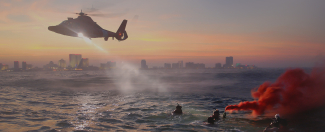
-
1990
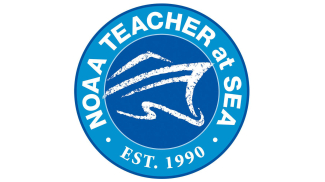
Teacher at Sea is established by the NOAA Office of Marine and Aviation Operations.
-
1990
-
1990
-
1990
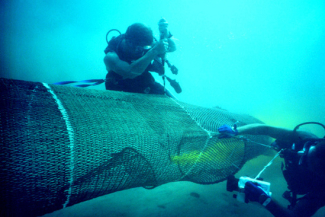
National Marine Fisheries Service's Mississippi Laboratories develop protocols and turtle excluder devices to reduce the take of endangered sea turtles in shrimp trawls.
-
1991
NOAA's Hazardous Materials Response Division coordinates U.S. assistance in recovering from the Persian Gulf oil spill.
-
1991
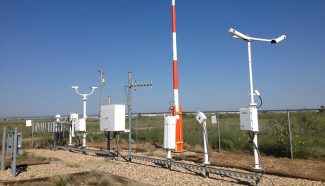
The NWS, working with the FAA and the Department of Defense, begins to deploy the Automated Surface Observing System (ASOS). ASOS is designed to serve as the nation's primary surface weather observing network. The stations take special and routine observations of sky condition, visibility, weather, pressure, temperature, dew point, wind, and precipitation totals. ASOS significantly expands information available to forecasters and the aviation community.
-
1991
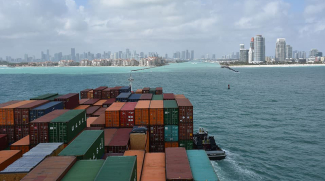
NOAA establishes the Physical Oceanographic Real-Time System, an integrated system of oceanographic and meteorological sensors that provide mariners with accurate and reliable real-time information about environmental conditions in seaports.
-
1992
The Weather Service Modernization Act of 1992 modernizes the technology and operations of the National Weather Service.
-
1992
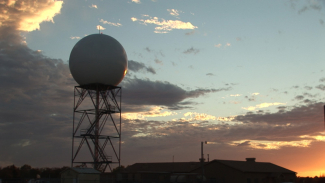
The first WSR-88D Doppler radar, also known as NEXRAD ("next generation weather radar") is installed at Norman, OK. The full network installation begins in 1992 and is completed by 1997.
-
1992
Following repeated collapse of New England ground fishing stocks, NOAA Fisheries initiates large-scale ecosystem study of Georges Bank.
-
1992
The Marine Mammal Health and Stranding Response Program is formalized through amendments to the Marine Mammal Protection Act.
-
1992
First Doppler Weather Radars installed at Weather Service Forecast Offices around the country. First Automated Surface Observing Systems established.
-
1993
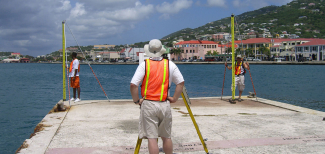
North American Vertical Datum of 1988 (NAVD88) approved for geodesy.
-
1994
NOAA Coastal Service Center opened in Charleston, SC.
-
1995
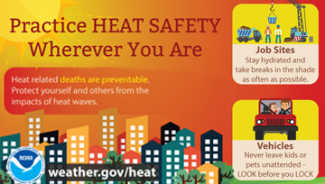
A deadly heat wave in Chicago prompts the city and the Chicago NWS office to work together to establish new criteria for heat watches and warnings, and to better prepare the public and infrastructure for natural and man-made disasters.
-
1995
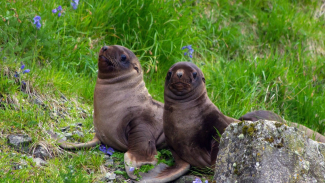
Marine Mammal Protection Act re-authorization establishes Take Reduction Teams and requires marine mammal stock assessments. The first Fisheries of the United States report is published this year.
-
1995
Geophysical Fluid Dynamics Laboratory develops first hurricane prediction system based on a three-dimensional hurricane model.
-
1995
NOAA's Space Environment Center uses coronal imager LASCO in NASA's Solar and Heliospheric Observatory spacecraft; revolutionizes operational space weather forecasting and prediction methods.
-
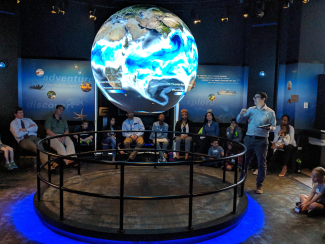
Alexander "Sandy" MacDonald develops a revolutionary concept for Science on a Sphere, a large visualization system that uses computers and video projectors to display animated data onto the outside of a sphere. The first permanent sphere was installed in 2004.
-
1996
Magnuson Stevens Fishery Conservation and Management Act ("Sustainable Fisheries Act") provides for National Marine Fisheries Service authority and responsibility to conserve and protect fishery resources and their habitat.
-
1996
Sustainable Fisheries Act recognizes the importance of healthy habitat for commercial and recreational fisheries and establishes Essential Fish Habitat requirements. The Community-based Restoration Program is created to help implement coastal restoration projects.
-
1997
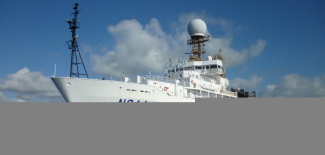
NOAA Ship Ronald H. Brown is commissioned.
-
1997
NOAA's Science Advisory Board is established.
-
1997
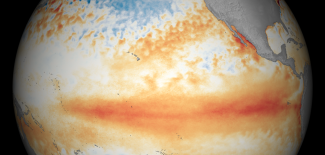
NOAA successfully forecasts world-wide impact of El Niņo.
-
1997
NOAA releases the first annual report on the status of U.S. Fisheries (Status of Stocks).
-
1998
Vessel Monitoring Systems are put in place to track commercial fishing operations.
-
1998
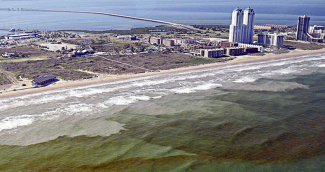
Harmful Algal Bloom and Hypoxia Research and Control Act passed, directing NOAA to advance scientific understanding and the ability to detect, monitor, assess, and predict HAB events.
-
1999
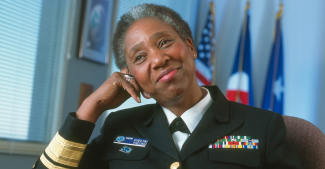
Rear Adm. Evelyn Fields becomes the first woman and first African American to head the NOAA Corps.
-
1999
The Norman, OK, Weather Forecast Office issues the first Tornado Emergency, to highlight an F5-strength tornado near Oklahoma City. The wording is eventually standardized for use by the Weather Service and is reserved for rare situations where there is a severe threat to human life, and catastrophic damage is imminent or ongoing.
-
1999
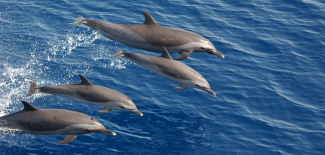
The International Dolphin Conservation Program Act amended the Marine Mammal Protection Act, providing greater protections for dolphins in the east Pacific.
-
1999
NOAA is a major participant in the UN International Year of the Ocean.
An official website of the United States government
Official websites use .gov
A .gov
website belongs to an official government organization in the United States.
Secure .gov websites use HTTPS
A lock (
) or https:// means you’ve safely connected to the .gov website. Share sensitive information only on official, secure websites..
- NOAA Heritage home
- Exhibits
- Our history
- NOAA timeline
- NOAA Photo Library

